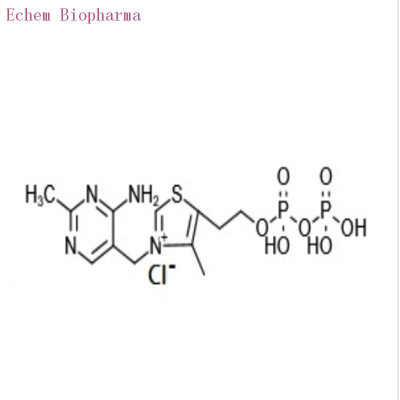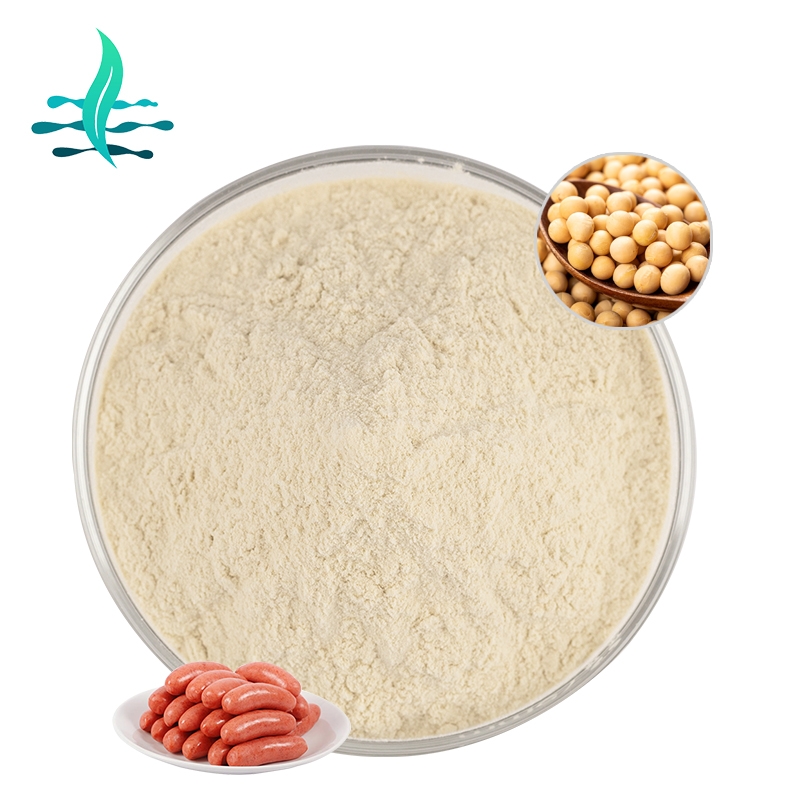The new technology is expected to enable rice to achieve high manganese and low cadmium
-
Last Update: 2021-03-07
-
Source: Internet
-
Author: User
Search more information of high quality chemicals, good prices and reliable suppliers, visit
www.echemi.com
The Chinese Academy of Agricultural Sciences announced Tuesday that the Research Group on Seed Quality Innovation of the China Rice Research Institute has found a main quantitative characterization point (QTL) to control the accumulation of manganese in rice seeds, and thus created an excellent breeding material for high manganese and low cadmium rice, so that permanganese low cadmium rice is no longer a breeder's dream. The findings were recently published online
Journal.
The group's lead expert Qian Qian, introduced that manganese, as an important mineral trace element, is often not enough in the human diet, while the content of manganese in rice seeds can be increased through bio-reinforcement, but the harmful heavy metal cadmium content also increased at the same time. This has become a major problem in the field of rice breeding, so far there have been no reports of permanganese low cadmium seed rice seed material.Using the recombination self-intercourse system of low manganese indica varieties 93-11 and permanganese varieties with short 64s as parents, the researchers of the
task force detected a primary quantitative marker of controlled seed manganese content code-named qGMN7.1 on the short arm of chromosome 7 of rice, combined with high-density genetic maps. qGMN7.1 contains a gene (OsNRAMP5) that regulates the absorption of manganese cadmium, and the sequence variation that initiates gene expression causes differences in the expression of transcriptional levels, resulting in changes in the concentration of seed manganese. The study shows that the OsNRAMP5 gene plays an important role in regulating the manganese content of rice seeds. The qGMN7.1 chromosome fragment replacement system with 93-11 as the background showed a significant increase in the concentration of seed manganese, a significant decrease in cadmium concentration, and an increase in the absorption capacity of manganese in the root system.
the study was funded by the National Natural Science Foundation of China. Dr. Liu Chaolei of the China Rice Research Institute is the first author of the article, qian former researcher and Gao Zhenyu researcher is the co-author of the communication. (Source: Science and Technology Daily
This article is an English version of an article which is originally in the Chinese language on echemi.com and is provided for information purposes only.
This website makes no representation or warranty of any kind, either expressed or implied, as to the accuracy, completeness ownership or reliability of
the article or any translations thereof. If you have any concerns or complaints relating to the article, please send an email, providing a detailed
description of the concern or complaint, to
service@echemi.com. A staff member will contact you within 5 working days. Once verified, infringing content
will be removed immediately.







